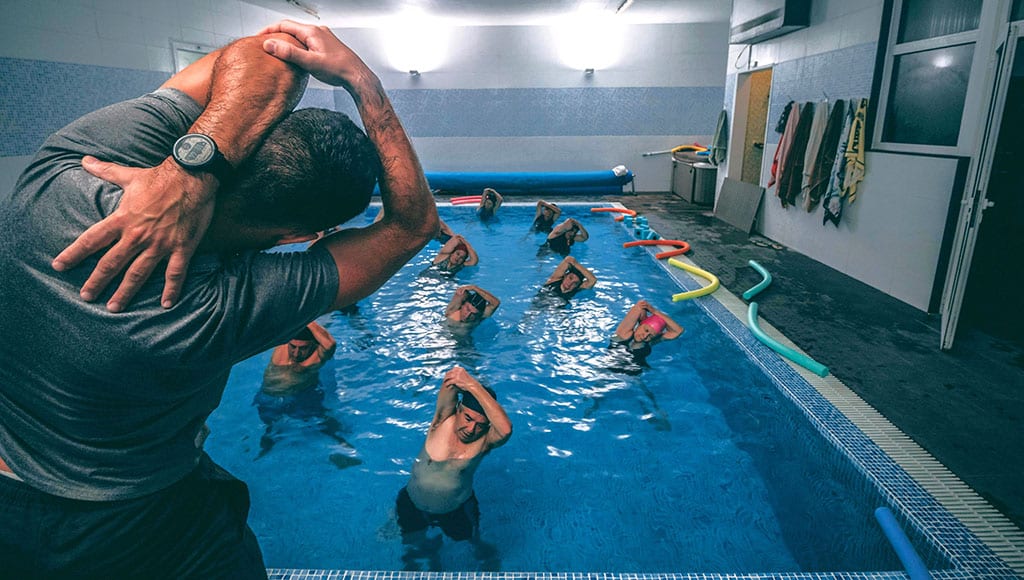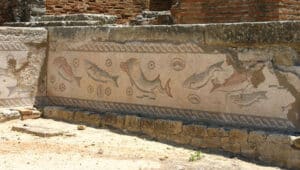Osteoporosis is a metabolic bone disease characterized by a reduction in bone mass, leading to fragile bone tissue and increased vulnerability to fractures.
It is widely accepted that bone mineral density (BMD) increases until the age of 30 and then begins to decline. This decline varies among individuals and is influenced by factors such as physical inactivity, reduced sun exposure, low body weight, corticosteroid use, and poor dietary habits.
According to the World Health Organization, one-third of white women over the age of 65 have osteoporosis. While more prevalent in females, osteoporosis also affects males, with about one-fifth of men over 60 being 25% more likely to suffer fractures due to osteoporosis.
Research has shown a strong correlation between muscle strength and bone quality, indicating that individuals with stronger muscles tend to have stronger bones. Therefore, physical activity is recommended as a key factor in maintaining healthy bones. Structured exercise plays a crucial role in the prevention and treatment of osteoporosis, benefiting BMD, muscle strength, and balance. Strength exercises are particularly effective for osteoporosis, along with high-impact aerobic exercises.
Isometric trunk muscle strength and open kinetic chain exercises are also beneficial for strengthening muscles and reducing the risk of fractures, especially in vulnerable areas like the spine and hips. Aerobic exercises like running help in calcium retention, while walking may not be as effective in improving BMD.
Two types of exercise have also been studied in the prevention of osteoporosis: aquatic training and Whole-Body Vibration Training (WBV).
Studies show that water pressure at varying depths stimulates bone through muscle loading. Movements such as single-leg jumps, ankle hops, and tuck jumps when performed at high intensity can increase significant BMD.
On the other hand, WBV has increasingly become an attractive option, especially for patients who cannot tolerate weight-bearing exercise prescriptions, such as those with joint, muscle, and nerve diseases. It is an exercise where subjects stand straight on a platform, and the stimulation source transmits vibration vertically through the body.
WBV is shown to cause direct bone growth and stimulation by modifying bone fluid flow. WBV can lead to adverse effects if individuals are exposed for an extended time or increased intensities. Therefore, the intensity and duration of the vibration are essential factors to account for to prevent side effects such as dizziness and headaches.
The literature suggests that the earlier the exercise regime begins, the less the bone loss, as women lose the most density in early menopause (first one to eight years), and it ensues into a period of lower rates of bone loss. Activities should be continued lifelong to avoid losing previously obtained bone mineralization.
If unable to perform high-impact exercises that overload the bone and joints, the secondary option is to enrol in aquatic exercise programs that intertwine high-intensity sequences. Aquatic programs involving bone stimulation with substantial skeletal loading significantly affect BMD and should be considered a great second option.
Bone density is evaluated through osteodensitometry, a test used for diagnosing and monitoring osteoporosis. It is recommended for women over 65, men over 70, postmenopausal women under 65 with risk factors, and men over 50 with risk factors or known causes of secondary osteoporosis.
Article submitted by HPA Group




















